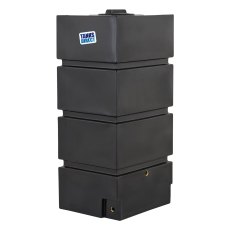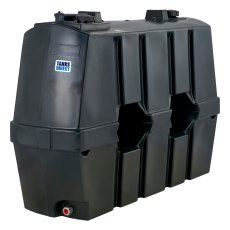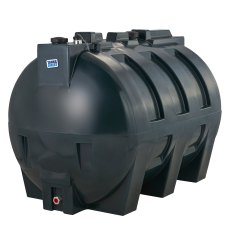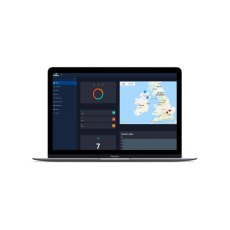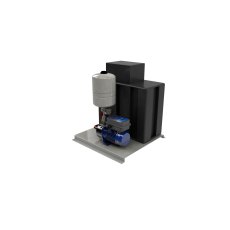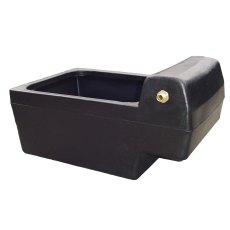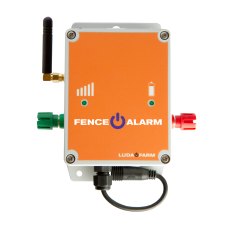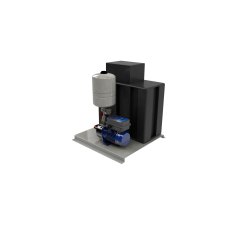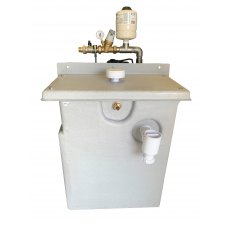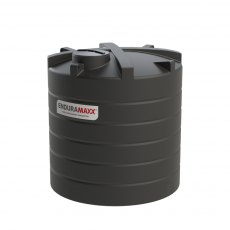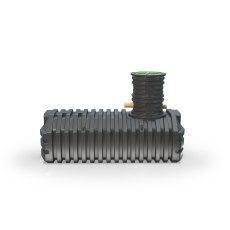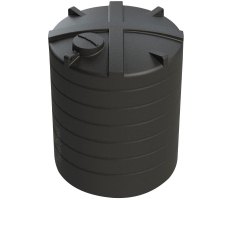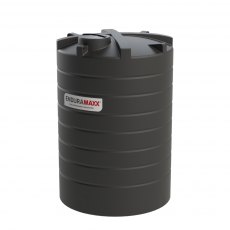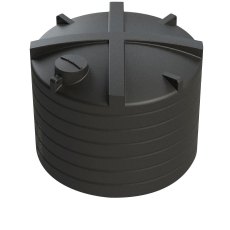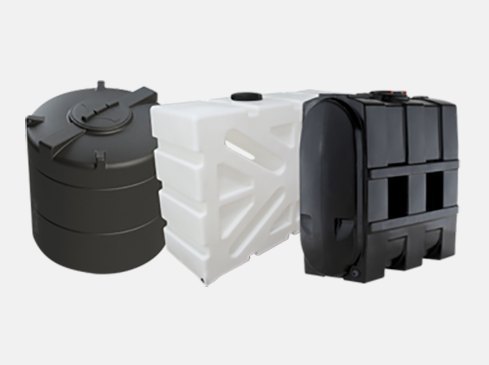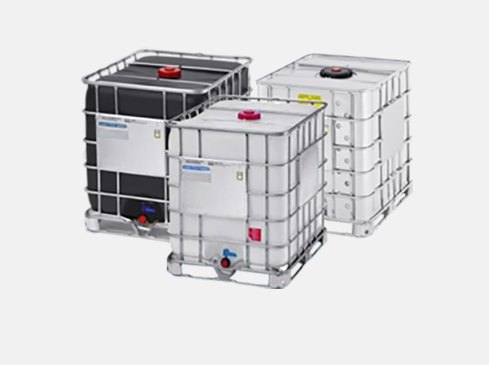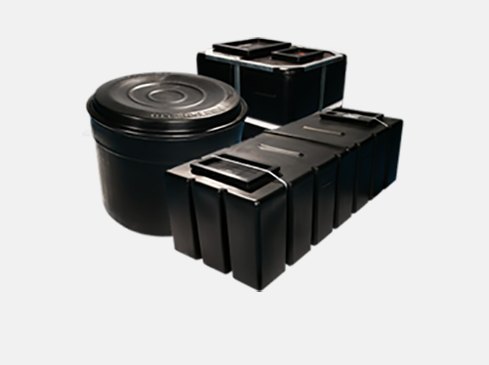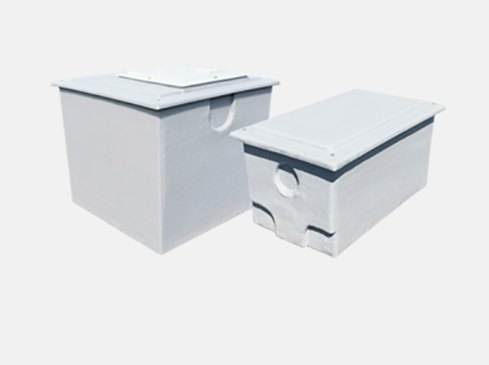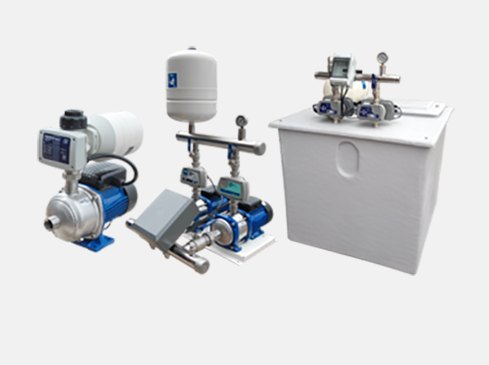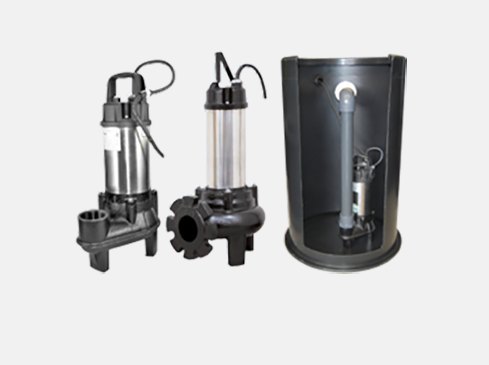Welcome to Tanks Direct

Water Storage Tanks
Our extensive range of water storage tanks include Above and below ground water storage tanks, Baffled water tanks, IBC's, rainwater harvesting tanks and water butts to name but a few.
We offer a full range of plastic, steel and GRP (fibreglass) water tanks, cold water tanks for the loft and large galvanised steel water tanks for agricultural use. Food grade water containers that are suitable for potable (drinking) water, chemical storage, waste water and general cold water storage.
Majority of our plastic tanks are made from UV stabilised high quality MDPE (Medium Density Polyethylene), the tanks are hard wearing, weatherproof and long-lasting. If the tanks are being used to store or transport drinking water then the tanks need to be listed as suitable for potable water. We offer UK and International delivery.
We have a number of helpful guides on water storage tanks on Tanks Direct. Read more on how should buy new IBC tanks, how water booster pumps work and much more now.

Sewage Treatment Plants
Sewage treatment plants are ideal for any residences that require an off mains drainage solution and produce cleaner, more environmentally friendly water for discharge. Domestic sewage treatment plants are available from Kingspan Klargester, Clearwater, Harlequin, Clenviro and Rewatec (Premier Tech) With capacities of up to 50 people and over 15,000 litres.
With the the industry-leading Harlequin Hydroclear, Klargester BioDisc, Klargester BioAir. Rewatec ASP and Clearwater BioTec Treatment Plants. All of our Sewage Treatment Plants meet or exceed all current legislation including the General Binding Rules 2020. Read our complete guide on Sewage Treatment Plants here.

Septic Tanks
Our extensive range of Septic Tanks caters from any size from 2,500 litres to 79,000 litres from leading UK and Irish manufacturers including Klargester and Clearwater.
A septic tank consists of a two or three chamber system that retains sewage from a property for sufficient time to allow the solids to form into sludge at the base of the tank, where it is partially broken down through anaerobic digestion. The remaining liquid in the tank then overflows from the tank by means of an outlet pipe to a drainage field.
The traditional shape of the septic tank is the onion/bulb shaped tank, however to save on excavation costs we also offer a full range of shallow dig tanks.
We also have an informative guide on Septic Tank regulations that you can read today!
read more


